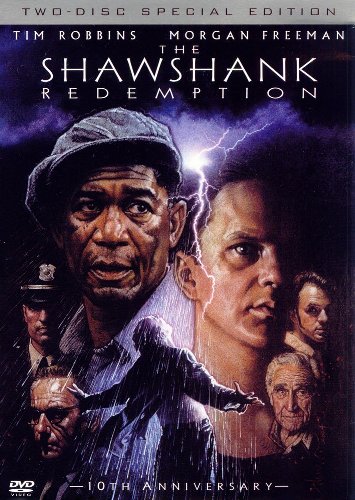
Pulp Fiction is a very distinctive film about how 3 people get another chance. Even though contents are very vulgar, Tarantino makes the film very fascinating by complicating the order of the events. The film was nominated for the Best Film in Oscar, 1994. It had been the most successful Tarantino film until “Inglourious Basterds (2009)” came out.
Jules is a very cruel, cold character in the beginning. Even though he is very friendly and chatty to his partner or his boss, he acts just like his reputation as a professional gangster. He kills the target, who ran away with his boss’s soul, without any guilt. He just unloads his weapon when he feels he have to.
[Jules shoots the guy on the couch during Brett's interrogation]
Jules: Oh, I’m sorry, did I break your concentration?
However, Jules gets a second chance. He witnesses a miracle when the guy in the bathroom unloads hand cannon. The bullets don’t him at all. Jules gets astonished, however he gets faith
 More
More Contact
Contact Submit
Submit Premium
Premium
